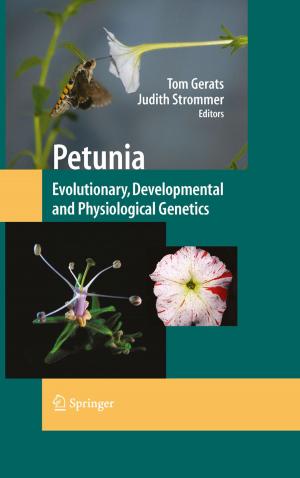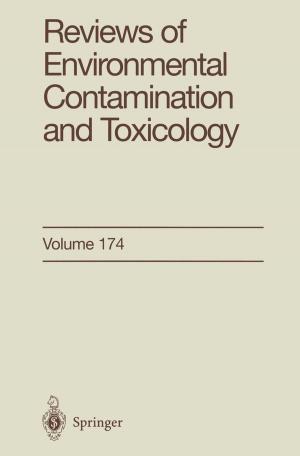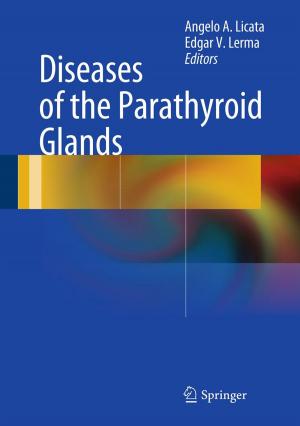The Early Evolution of the Atmospheres of Terrestrial Planets
Nonfiction, Science & Nature, Science, Earth Sciences, Geology, Physics, Astrophysics & Space Science, Technology| Author: | ISBN: | 9781461451914 | |
| Publisher: | Springer New York | Publication: | May 29, 2013 |
| Imprint: | Springer | Language: | English |
| Author: | |
| ISBN: | 9781461451914 |
| Publisher: | Springer New York |
| Publication: | May 29, 2013 |
| Imprint: | Springer |
| Language: | English |
“The Early Evolution of the Atmospheres of Terrestrial Planets” presents the main processes participating in the atmospheric evolution of terrestrial planets. A group of experts in the different fields provide an update of our current knowledge on this topic.
Several papers in this book discuss the key role of nitrogen in the atmospheric evolution of terrestrial planets. The earliest setting and evolution of planetary atmospheres of terrestrial planets is directly associated with accretion, chemical differentiation, outgassing, stochastic impacts, and extremely high energy fluxes from their host stars. This book provides an overview of the present knowledge of the initial atmospheric composition of the terrestrial planets. Additionally it includes some papers about the current exoplanet discoveries and provides additional clues to our understanding of Earth’s transition from a hot accretionary phase into a habitable world. All papers included were reviewed by experts in their respective fields.
We are living in an epoch of important exoplanet discoveries, but current properties of these exoplanets do not match our scientific predictions using standard terrestrial planet models. This book deals with the main physio-chemical signatures and processes that could be useful to better understand the formation of rocky planets.
“The Early Evolution of the Atmospheres of Terrestrial Planets” presents the main processes participating in the atmospheric evolution of terrestrial planets. A group of experts in the different fields provide an update of our current knowledge on this topic.
Several papers in this book discuss the key role of nitrogen in the atmospheric evolution of terrestrial planets. The earliest setting and evolution of planetary atmospheres of terrestrial planets is directly associated with accretion, chemical differentiation, outgassing, stochastic impacts, and extremely high energy fluxes from their host stars. This book provides an overview of the present knowledge of the initial atmospheric composition of the terrestrial planets. Additionally it includes some papers about the current exoplanet discoveries and provides additional clues to our understanding of Earth’s transition from a hot accretionary phase into a habitable world. All papers included were reviewed by experts in their respective fields.
We are living in an epoch of important exoplanet discoveries, but current properties of these exoplanets do not match our scientific predictions using standard terrestrial planet models. This book deals with the main physio-chemical signatures and processes that could be useful to better understand the formation of rocky planets.















